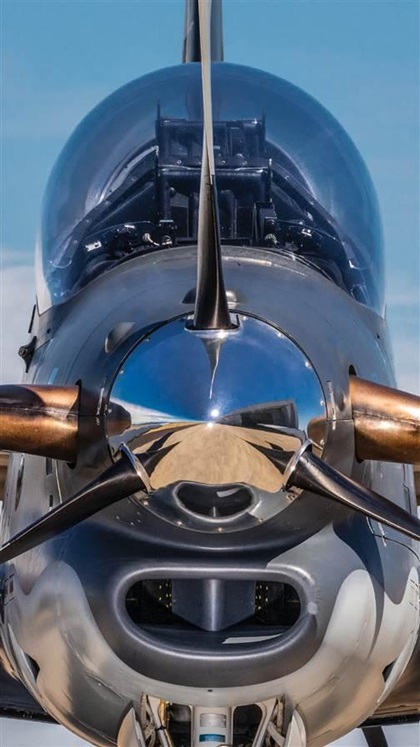From the editor: The Lion Air mystery
Did training play a role?
It was a brand-new airplane and had only 800 hours of flight time. Just 12 minutes after takeoff, the crew asked to return to the airport. Then the airplane pitched over and crashed into the Java Sea, killing all aboard.
It’s too soon for any meaningful accident analysis, official or otherwise. But unofficial information, speculation, and armchair experts go into overdrive after any major aircraft accident, and this one’s no exception. We hear that the airplane had a history of inaccurate airspeed indications. That its angle-of-attack (AOA) probe was replaced at one point. And that the airplane went through several pitch and altitude excursions before plunging nose-first into the sea. Were the airspeed and AOA probes factors in this sequence of events?
We also heard about the MAX 8’s automated pitch trim system. When flown manually at high AOAs and with flaps up, the trim system automatically trims nose-down. Perhaps, goes the speculation, the pitch trim ran away, and the pilots—having fixated on errant airspeed indications—pulled back on the control yoke, forcing the pitch trim to run full nose-down. The flight data and voice recorders will help create an accurate scenario, but at this writing only one of them had been recovered.
The MAX 8 isn’t a true fly-by-wire airplane, but it does have some digitally driven systems, such as the spoilers and wheel brakes. The automated trim system sounds like another—one designed to function as a stick-pusher for stall avoidance.
All fly-by-wire airplanes have redundant, even multiple, hardware and software paths designed to ensure safe flight in the event of a failure or malfunction of critical components. Pilots of fly-by-wire airplanes receive extensive training in the logic and procedures of their computer-driven systems, which have near-zero chances of failing. And yet, prevailing opinion at this early stage has it that Boeing neglected to educate MAX 8 pilots in this stall-protection, or control-feel-augmentation, system. That’s something that’s bound to change, and no doubt already has by the time you read this.
We’ll keep track of this unfolding mystery and provide a more detailed report in a future issue.AOPA
Email [email protected]

 World traveler
World traveler